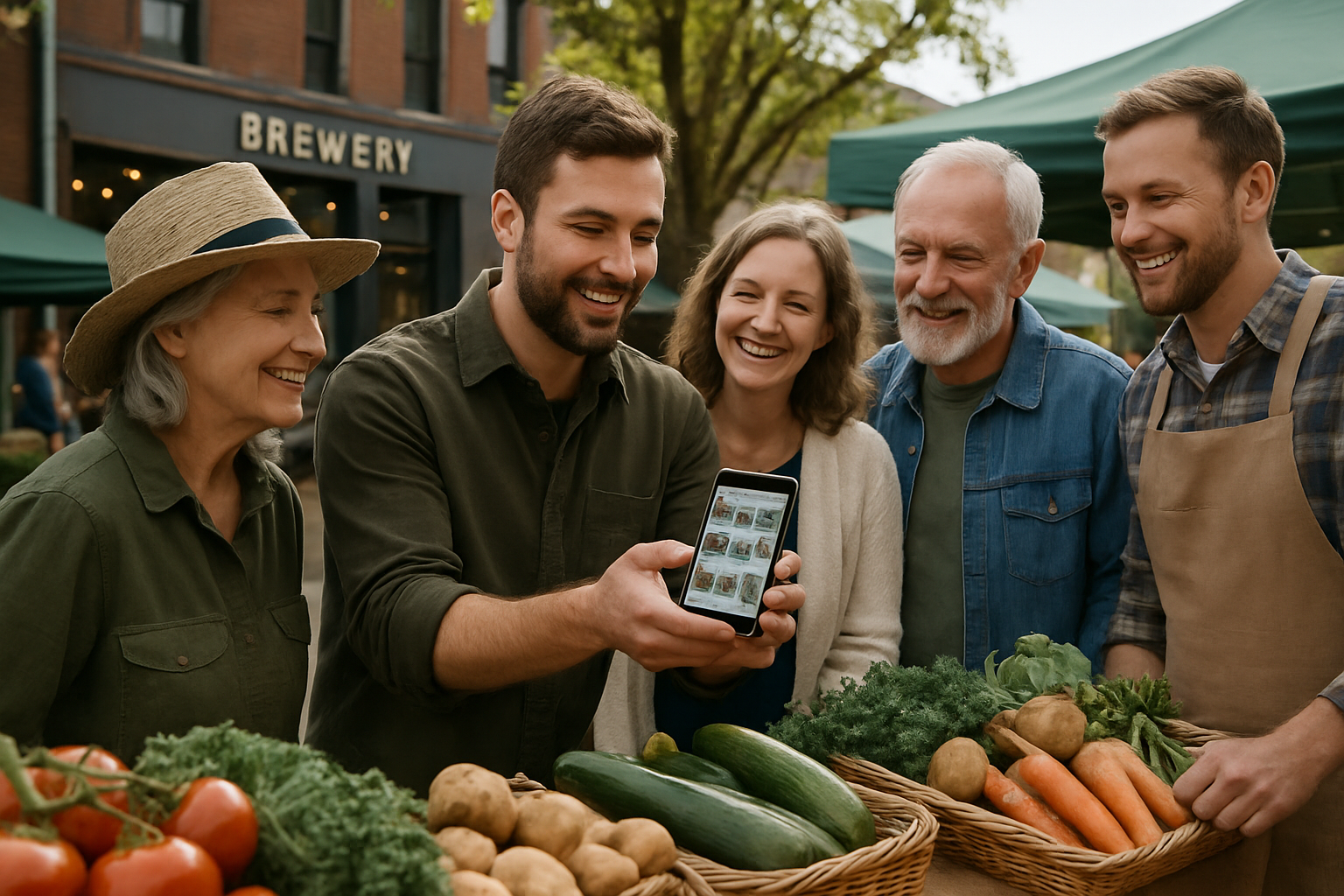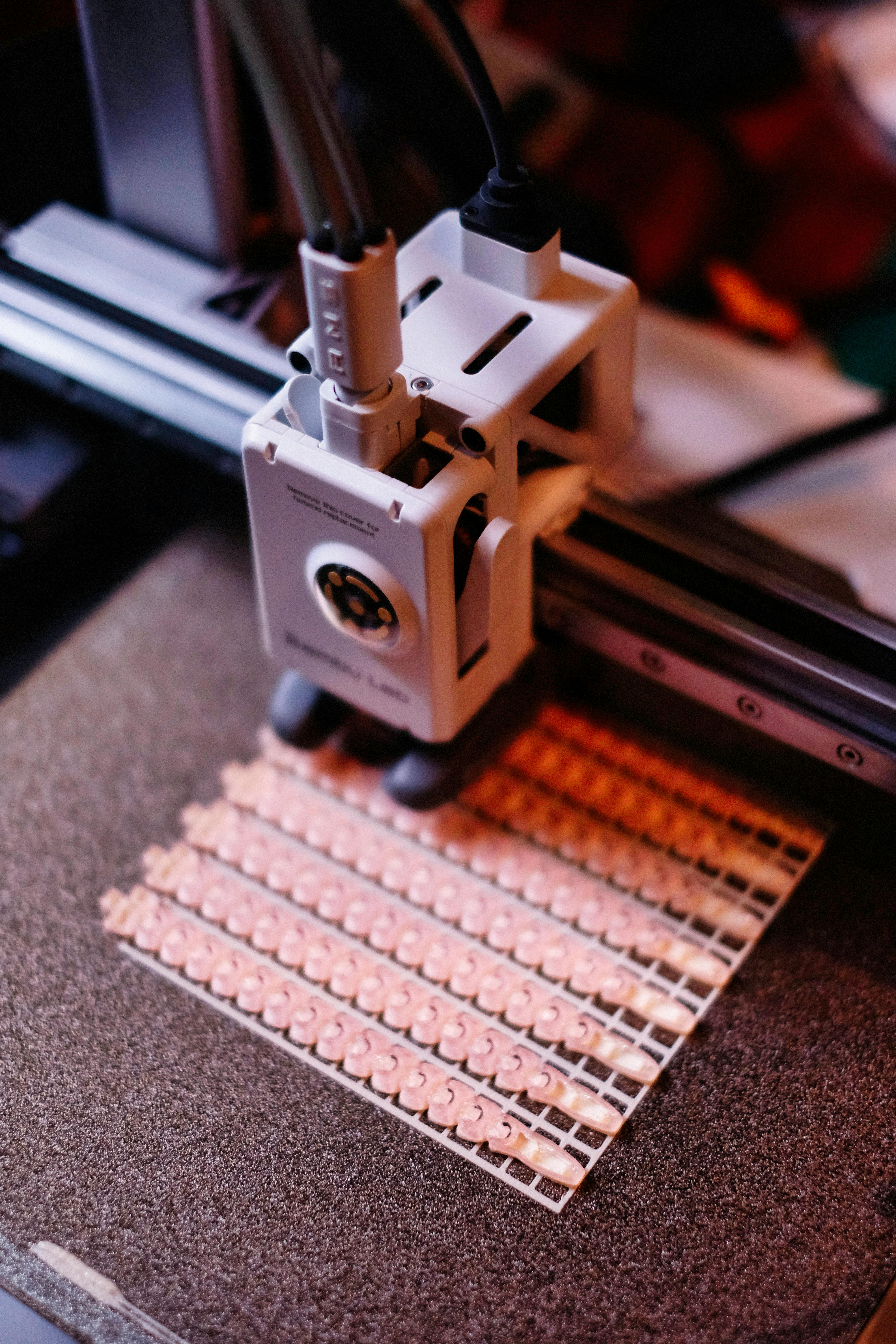Neolocalism: Reviving Community in the Digital Age
Introduction: In an era of global connectivity, a counterintuitive trend is emerging: neolocalism. This movement sees people embracing their immediate surroundings, forging deeper connections with local communities, and rekindling a sense of place-based identity. But what's driving this shift, and how is it reshaping our social fabric? Read below to explore the fascinating world of neolocalism and its impact on modern society.

The term was first coined by geographers to describe the phenomenon of microbreweries emphasizing their local connections. However, it has since expanded to encompass a wide range of social, economic, and cultural practices that prioritize local distinctiveness and community engagement.
Digital Age Paradox: Global Reach, Local Yearning
Ironically, the same digital technologies that have connected us globally are now fueling a desire for local authenticity. Social media platforms and online communities have made it easier than ever to discover and celebrate local cultures, traditions, and businesses. This digital scaffolding supports real-world interactions and community-building efforts.
Research shows that despite (or perhaps because of) our increased digital connectivity, people are craving tangible, place-based experiences. A study by the Pew Research Center found that 63% of Americans know only some of their neighbors, indicating a significant opportunity for increased local engagement.
Economic Implications: The Rise of Locavore Economics
Neolocalism has profound economic implications. The buy local movement, farmers’ markets, and community-supported agriculture initiatives are all manifestations of this trend. These practices not only support local economies but also foster a sense of community and place-based pride.
According to the American Independent Business Alliance, every dollar spent at a local independent business generates 2-3 times more local economic activity than a dollar spent at a non-local business. This multiplier effect demonstrates the tangible benefits of neolocalist practices on local economies.
Cultural Renaissance: Rediscovering Local Heritage
One of the most exciting aspects of neolocalism is its role in cultural preservation and revitalization. Communities are rediscovering and celebrating their unique histories, traditions, and art forms. This cultural renaissance is not about rejecting outside influences but about maintaining a distinct local identity within a globalized world.
For example, the revival of indigenous languages in many parts of the world can be seen as a neolocalist response to cultural homogenization. UNESCO reports that 43% of the world’s 6,000 languages are endangered, making these preservation efforts crucial for maintaining cultural diversity.
Environmental Stewardship: Think Global, Act Local
Neolocalism aligns closely with environmental sustainability efforts. The emphasis on local production and consumption reduces transportation-related carbon emissions and encourages more sustainable resource management. Community gardens, local recycling initiatives, and neighborhood clean-up efforts are all examples of neolocalism intersecting with environmental stewardship.
A study published in the journal Environmental Science & Technology found that food grown locally can have a significantly lower carbon footprint compared to imported alternatives, even when accounting for differences in production methods.
Challenges and Criticisms: Balancing Local and Global
While neolocalism offers many benefits, it’s not without its challenges. Critics argue that an overemphasis on local identity can lead to parochialism or even xenophobia. There’s also the risk of romanticizing local traditions without critically examining their implications.
Moreover, in an interconnected world, purely local solutions may be insufficient for addressing global challenges like climate change or economic inequality. The key lies in finding a balance between local engagement and global awareness.
Technology as an Enabler: Digital Tools for Local Connections
Paradoxically, technology is playing a crucial role in facilitating neolocalist practices. Apps and platforms that connect neighbors, promote local events, or facilitate sharing economies are bridging the gap between digital connectivity and local community engagement.
For instance, the neighborhood social networking service Nextdoor has over 27 million active users across 11 countries, demonstrating the demand for digitally-enabled local connections.
The Future of Neolocalism: Trends and Predictions
As we look to the future, neolocalism is likely to evolve and adapt. Experts predict a continued blending of global and local influences, with technology playing an increasingly important role in facilitating local connections and preserving cultural heritage.
Urban planning is also likely to be influenced by neolocalist principles, with a greater emphasis on walkable neighborhoods, mixed-use developments, and public spaces that foster community interaction.
Conclusion: A New Social Paradigm
Neolocalism represents more than just a trend; it’s a shift in how we relate to our communities and the world at large. By fostering stronger local connections while maintaining global awareness, it offers a promising approach to addressing some of the challenges of our increasingly complex and interconnected world.
As we navigate the tensions between global and local, digital and physical, neolocalism provides a framework for creating more resilient, sustainable, and connected communities. It reminds us that in a world where we can connect with anyone, anywhere, the most meaningful connections often start right in our own backyard.





